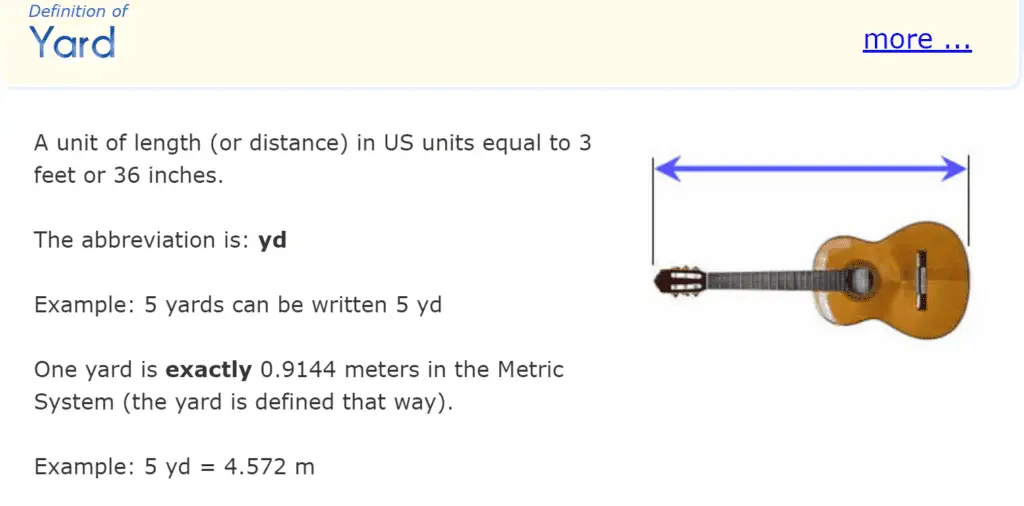The Common Core State Standards (CCSS) include eight “Mathematical Practices” that teachers and students are encouraged to use throughout their mathematical lives. These are different from the grade-level content standards in a few ways. Firstly, these Mathematical Practices are not grade-specific. Rather, they remain constant practices throughout the child’s education, with the hopes that they become habit. Further, as the words practice and habit imply, these are not mathematical procedures or rules, but are more akin to mindsets and broad strategies.
For a broad look at all eight Math Practices, check out the post What Are the Math Practices and What Do They Have to Do With Me? For a deeper dive into the other seven practices, check out the list at the bottom of this post.
The sixth standard is about precision and communicating precisely. We tend to think of both math and the word precision numerically. While precision of computation is a part of this practice, the sixth practice is mostly about communicating ideas clearly and precisely. Learning to communicate with right levels of detail to avoid confusion and maintain clarity is a useful skill throughout life, not just in math class. However, math learning proves an excellent place to develop and practice this skill daily.
This article was originally published at mathteacherbarbie.com. If you are seeing this anywhere else, you are viewing a stolen copy.
How to recognize precise communication
Precise communication is clear, detailed enough to be specific, general enough to avoid tedium, and using common language when possible while defining special terms as needed. Of course, these are ideals. We don’t get there without practice, feedback, and more practice.
In math, this can look like
- using common symbols and using them correctly
- including units and important descriptive words
- using full sentences to communicate ideas and results
- showing an appropriate amount of work
- defining new terms carefully
An example of precise communication
The image above shows the definition of a yard from the mathisfun.com Illustrated Mathematics Dictionary. Here are the characteristics of this definition that make it a good example of precise communication:
- The definition starts with a broad category to put the term in context: “a unit of length (or distance)”
- The definition specifies when and where the measurement is used: to measure “length (or distance) using US units”
- The definition gets specific and precise about the actual length: “equal to 3 feet or 36 inches”
These are the essentials of this definition, so they are the items that are first and you can stop reading at this point while still having enough information to know precisely when and how to use this measurement.
This time, the authors decided they could be even more precise and give more information. However, they separated the additional information so that it does not clutter the essentials and does not overwhelm the reader. In fact, one of the additional details is the highly numerically precise scientific definition of this measurement unit.
Finally, this dictionary tops off the definition with a picture. This adds to the communication by demonstrating what is meant by length in the definition, demonstrates a way of measuring and thinking about length, and demonstrating an item that would reasonably be measured by the yards unit.
All of this lends to clear communication that gives all the details the average reader might need to know when and how to use this unit of measurement.
How to encourage precise communication at home
In 2021, Seattle Public Schools published a Parent Guide to the Mathematical Practices. Their list gives us a good start for this section of the article:
- What do the symbols that you used mean?
- (My addition: does everyone agree on that meaning, or do you need to write down the meaning?)
- What units of measure are you using?
- (My addition: what do each of these numbers represent? Should you write that part here too?)
- Explain to me ________.
Some other ideas:
- Tell me more about [this step].
- If you have equal signs, are both sides of the equal sign actually equal?
- Walk me through the steps you wrote down here.
There are also lots more ideas in my article How to Encourage Your Child to Show Their Thinking and several other of the Math Practices articles, especially Constructing and Critiquing Arguments.
You’ve Got This!
For a deeper dive into all eight practices, check out the following posts:
MP1: Sense Making and Perseverence
MP2: Abstract and Quantitative Reasoning
MP3: Constructing and Critiquing Arguments
MP5: Strategically Choosing and Using Tools

